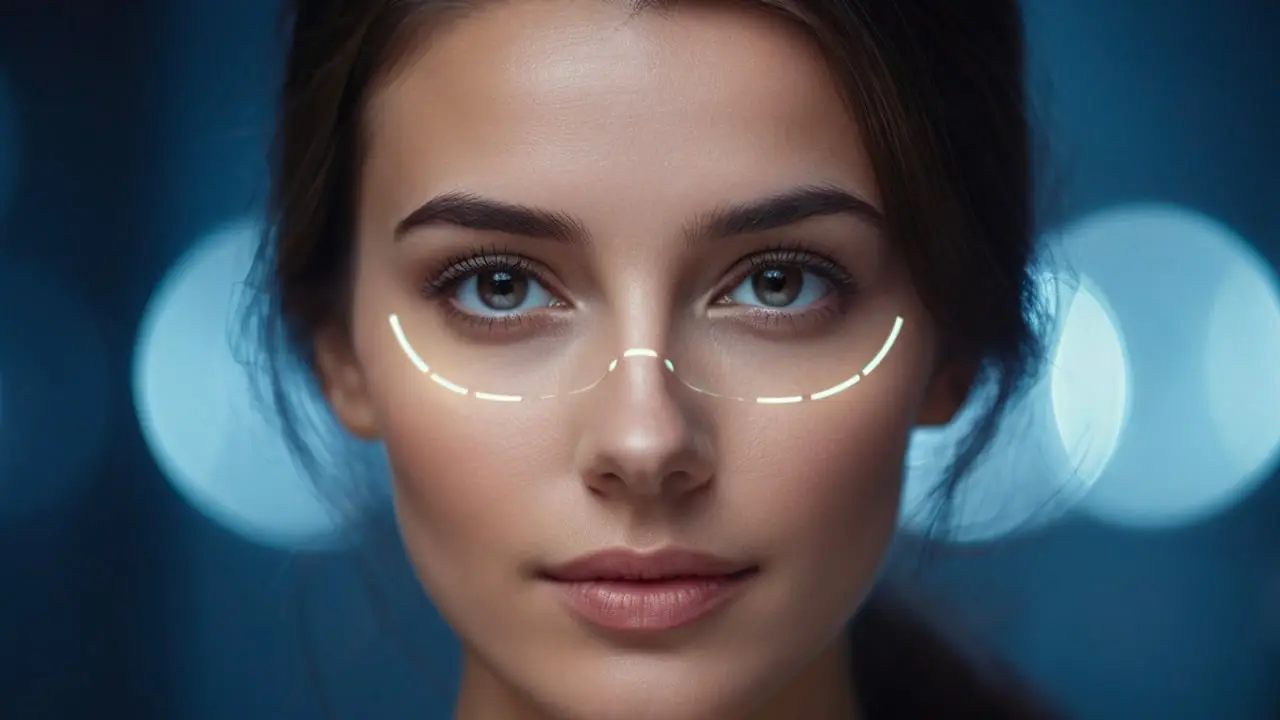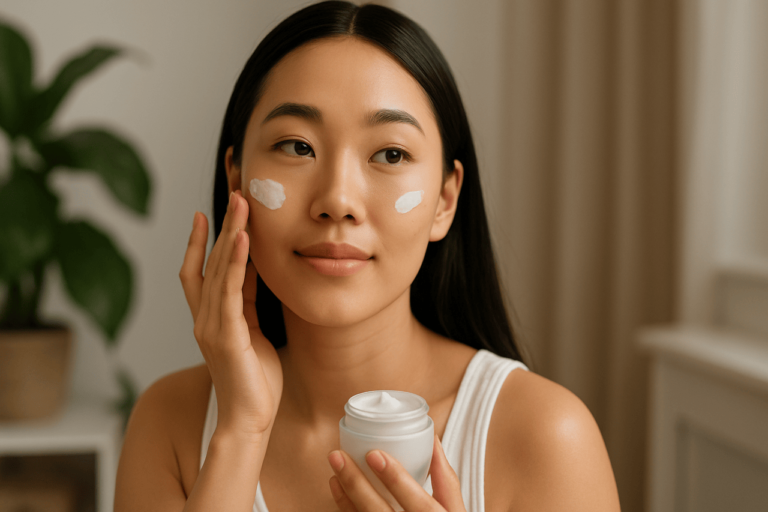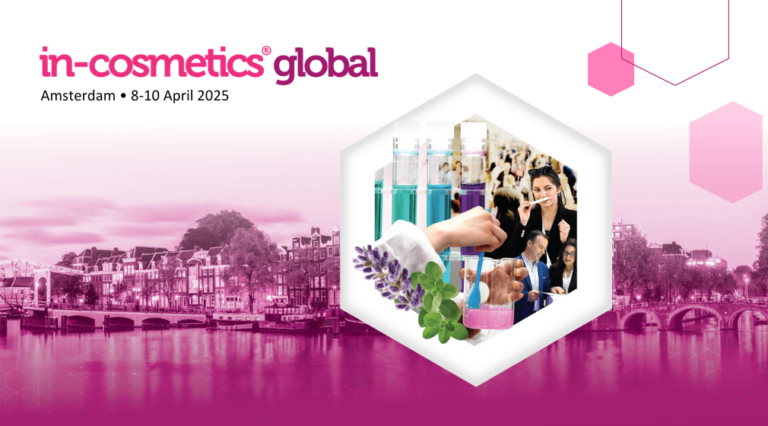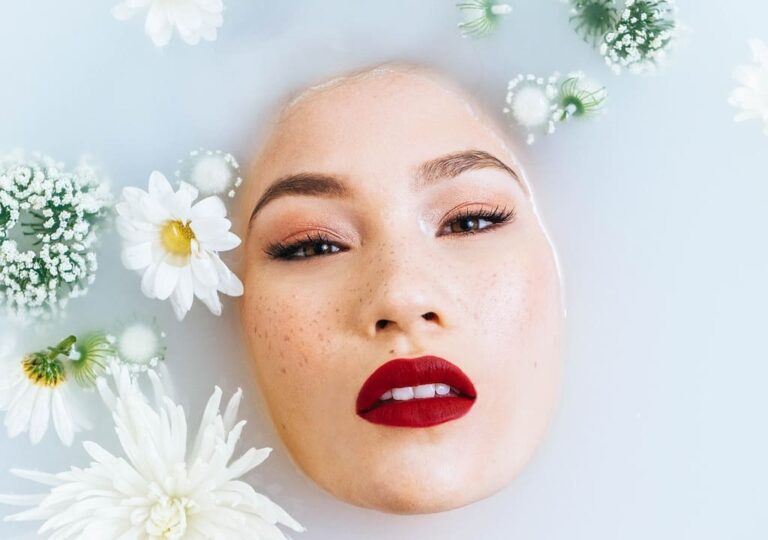Over the past decade, the beauty industry has undergone a remarkable transformation, thanks to the rise of Beauty Tech. Integrating cutting-edge technologies like AI, augmented reality (AR), and 3D skin evaluation, Beauty Tech is reshaping how consumers engage with beauty products. Once known for its slow adoption of new technology, the beauty sector now focuses on personalization, transparency, and sustainability. Today’s consumers demand tailored beauty solutions and environmentally conscious products, and Beauty Tech is delivering on these expectations.
Brands like L’Oréal, Sephora, and Shiseido have pioneered these technologies, turning Beauty Tech from a niche innovation into an essential part of the modern beauty experience. What started in the early 2010s has evolved into a multi-billion dollar industry, accelerating rapidly as consumer demand for personalized experiences continues to grow.
Artificial Intelligence in Beauty Tech
Artificial Intelligence (AI) plays a central role in the advancement of Beauty Tech. Traditionally, beauty brands designed products for a broad audience. However, AI enables companies to offer hyper-personalized solutions tailored to individual needs.
For instance, L’Oréal’s Perso device uses AI to analyze users’ skin type, environmental factors, and personal preferences to create custom skincare products. This level of personalization would have been unimaginable a decade ago. Perso continues to adjust its recommendations as skin conditions and environmental factors change, ensuring that the skincare routine evolves with the user.
Another notable player is Skin+Me, which combines AI-driven skincare recommendations with dermatological oversight. The service creates personalized skincare regimens based on user data, including skin concerns and daily habits. It adjusts these routines over time, integrating both AI and expert insights.
Beyond personalization, AI is optimizing supply chains and improving demand forecasting. By accurately predicting consumer behavior, AI helps brands reduce overproduction and waste, making the beauty industry more sustainable.
Augmented Reality and Virtual Try-Ons
Augmented reality (AR) has revolutionized the way consumers shop for beauty products. Before AR, trying on makeup meant going to a physical store and testing products on your skin. Now, AR allows users to virtually try on products at home, offering a seamless and hygienic experience.
Sephora’s Virtual Artist is a standout example of AR’s capabilities. This tool lets customers test different makeup shades—like lipsticks, foundations, and eyeshadows—by simply using their smartphone cameras. The ability to experiment with products in real time, without the need for physical application, has made beauty shopping more convenient and fun.
Similarly, Estée Lauder has incorporated AR technology into its shopping platforms, allowing users to virtually try on makeup. While AR’s application for makeup is well-established, its use in skincare is still developing. Skincare requires more complex simulations, such as accurately replicating texture and color changes, but the technology is advancing.
AR doesn’t just provide a convenient shopping experience; it also reduces product returns. By allowing consumers to make more informed decisions, AR tools lead to higher satisfaction and fewer unnecessary purchases.
3D Skin Evaluation & Simulation: Leading the Way with Cydolia
In the realm of 3D skin evaluation, Cydolia is a leading innovator. Cydolia’s advanced 3D facial acquisition technology captures detailed physical data about the optical, metric and mechanical skin properties. This technology provides highly accurate measurements, helping brands assess the true effectiveness of skincare products.
Cydolia’s technology plays a critical role in clinical trials for beauty products. In traditional trials, lighting and pose inconsistencies can affect before-and-after photos, leading to unreliable results. However, Cydolia’s 3D evaluation framework eliminates these biases, ensuring that product efficacy is measured with precision.
One of Cydolia’s key partnerships has been with Lancôme, where the 3D mapping technology was used to test the Génifique Ultimate serum. By tracking subtle skin changes over time, Cydolia provided Lancôme with data-backed proof of the serum’s effectiveness. With the same 3D technology, Cydolia provided Lancôme innovative communication materials, such as bias-free before and after and scientific visualization of Génifique Ultimate’s benefits.
The Future of Beauty Tech: Innovation and Sustainability
As Beauty Tech continues to evolve, the focus will increasingly shift toward innovation and sustainability. Consumers are demanding more personalized products, but they also want to know that those products are being made in an environmentally responsible way.
AI plays a critical role in this transformation. By predicting consumer demand more accurately, AI helps brands minimize overproduction, reducing waste and improving sustainability across the supply chain. AI-driven demand prediction and supply chain management are essential tools for making the beauty industry more eco-friendly.
Additionally, blockchain technology is being explored as a way to ensure transparency in ingredient sourcing. Consumers today want to verify the ethical and environmental credentials of their beauty products. Blockchain allows companies to track ingredients from source to shelf, ensuring that products meet high standards of transparency.
3D printing is another promising technology that could revolutionize beauty production. While still in its early stages, 3D printing holds the potential to create customized beauty products on-demand, reducing waste and eliminating the need for large-scale production runs. As the technology develops, we could see 3D printing become a major tool in sustainable beauty production.
The future of Beauty Tech is bright, driven by personalization and sustainability. As technology continues to advance, the beauty industry will increasingly prioritize innovation that benefits both consumers and the planet.
Conclusion
Beauty Tech is rapidly transforming the cosmetics industry. Innovations like AI-powered personalization, AR virtual try-ons, and 3D skin evaluation are revolutionizing how consumers interact with beauty products. Brands like L’Oréal, Sephora, and Cydolia are leading the charge, offering more tailored, efficient, and sustainable beauty solutions.
The demand for personalized beauty will only grow in the coming years. Consumers expect data-driven experiences that meet their unique needs, and Beauty Tech is providing the tools to deliver just that. AI, AR, and 3D skin evaluation are just the beginning—new technologies like blockchain and 3D printing will further shape the future of beauty.
As the beauty industry continues to innovate, the future will be defined by personalization, efficiency, and eco-conscious practices. Beauty Tech is no longer a niche concept; it’s the new standard for beauty in the 21st century.
Sources
Built In. What is Beauty Tech? Available at: https://builtin.com/what-is-beauty-tech
The Dermatology Review. Beauty Tech: How AI and AR are Transforming the Industry. Available at: https://thedermreview.com/beauty-tech
Beauhurst. The Impact of Beauty Tech on the Cosmetics Industry. Available at: https://www.beauhurst.com/blog/beauty-tech
Skincare Daily News. Beauty Tech Trends: AR and Blockchain Shaping the Future. Available at: https://skincaredailynews.com/beauty-tech-trends
Cosmetics Design Europe. Proving skin care product efficacy in the future. Available at: https://www.cosmeticsdesign-europe.com/Article/2024/08/22/proving-skin-care-product-efficacy-in-the-future
Forbes. AI and Blockchain: The New Frontier of Beauty Tech. Available at: https://www.forbes.com





